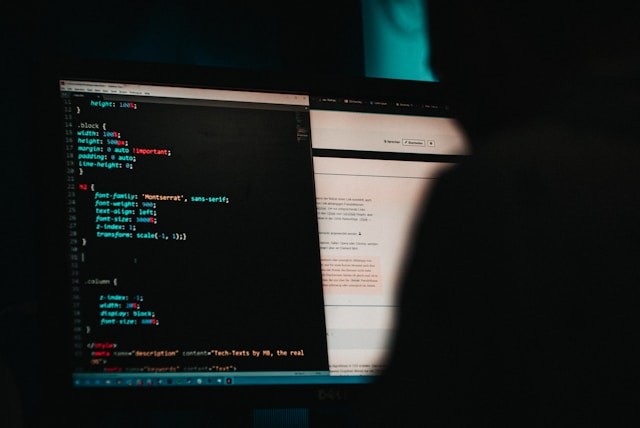
According to a senior US cyber official, US officials confronted the Chinese government in Beijing last month regarding a wide-ranging cyber espionage campaign in which Chinese hackers infiltrated dozens of American critical infrastructure organizations.
American officials assert that under the campaign named Volt Typhoon, China aims to exploit the access it has obtained within US organizations in the event of a war or conflict, reflecting increasing tensions between the US and China over Taiwan, which the Chinese government has previously dismissed as groundless.
The US-China Confrontation
Nathaniel Fick, US ambassador at large for cyberspace and digital policy, stated in an interview at the RSA Conference in San Francisco on Tuesday that they brought it up directly with the Chinese government at high levels, conveying that such behavior is "dangerous, escalatory, and unacceptable." Fick mentioned that he discussed the issue with Chinese officials alongside US Secretary of State Antony Blinken, who visited China from April 24 to 26.
When asked about the Chinese response, Fick stated that they have said before that it is a ploy by various US agencies to get more budget dollars the same way they had with previous attributions.
READ ALSO: US Diplomat Who Served as Cuba's Secret Agent for Decades Pleads Guilty in a "Win-Win" Agreement
While the exact number of compromised US organizations by the hackers remains unclear, Brandon Wales, the executive director of the US Cybersecurity and Infrastructure Security Agency, mentioned during a separate media briefing at the same conference that any number is likely an underestimate as the Chinese targeting their critical infrastructure is broad-based, extending across a wide range of small and medium-sized companies, which could be critical within specific supply chains or capable of inciting societal panic in various locations around the country.
Volt Typhoon: The Chinese Hacking Group
China is building the capability to cause significant damage to US critical infrastructure, with hackers ready to strike at a moment's notice, FBI Director Christopher Wray warned last month.
The FBI reports that the group targeted a wide range of critical infrastructure in the country, including water treatment systems, the power grid, transportation systems, oil and gas pipelines, and telecommunication networks. Wray stated that the state-sponsored group from China had succeeded in installing malware and gaining control of hundreds of old and outdated routers linked to these infrastructure assets.
Cybercrime Allegations Towards China
Speaking to the US congressional committee on the US-China competition, Wray explained that the Volt Typhoon malware allowed China to conduct pre-operational reconnaissance and network exploitation against critical infrastructure as it gears up to cause chaos and real-world harm to the Americans. He further noted that if and when China decides to strike, their targets are not limited to political or military entities.
Cybersecurity experts in the US have previously cautioned that China is targeting infrastructure as a potential strategy to disrupt communications in the event of a conflict. During a hearing of the Select Committee on Competition, the chairman likened this tactic to placing bombs on American bridges and power plants in cyberspace.
Beijing has criticized the committee and denied all allegations of cybercrime, urging them to abandon their ideological bias and Cold War mentality. While the Chinese government has not yet responded to the accusations, it has consistently denied allegations of engaging in state-sponsored cyber warfare against other nations and has long accused the US of being the largest hacking empire and cyberthief in the world.
RELATED ARTICLE: Ex-Google Engineer Busted Working with Chinese Companies, Faces Four Theft Counts for Stealing AI Trade Secrets
© 2017 Jobs & Hire All rights reserved. Do not reproduce without permission.




